From Protagonists to Sidekicks: Types of Children’s Book Characters
In the world of children’s literature, characters hold a remarkable power to captivate young minds and take them on a journey. Characters are the heartbeats of stories. Any story where you didn’t care about at least one of the characters, couldn’t identify with them, or didn’t care what happened to them, meant the rest of the story didn’t matter. There are a few types of children’s book characters that will always capture kids’ imaginations. From the courageous heroes to comical sidekicks, and ethereal creatures to mischievous villains, each character plays a profound role, contributing significantly to a child’s cognitive development.
If you’re writing a book, you’ve probably started thinking about what it takes to create a well-loved and memorable children’s book character.
We’ll explore the types of children’s book characters, how to create memorable characters that resonate with young readers, and discuss the impact they have on children’s understanding of the world around them. From classic characters like Alice from Alice in Wonderland and Harry Potter to contemporary favourites like Grumpy Monkey and Greg Heffley from Diary of a Wimpy Kid, we’ll analyze the elements that make these characters timeless and endearing.
In this article, we’ll cover:
- The types of characters in literature
- Character development
- Examples of inspirational children’s book characters
- Why are Relatable Characters Important In a Children’s Book?
- Can a Children’s Book Have More Than One Main Character?
Types of Characters in Literature
Your characters need to not only capture the imagination of young readers, but they also need to be engaging and believable. Here are some of the different types of children’s book characters to consider when writing your book:
Protagonist
The protagonist is usually the main character of the story and the one that the reader follows throughout the book. It is important to make sure that this character is engaging and relatable so that the reader can get invested in the story. The protagonist in particular is the vehicle for your story and drives the plot forward, so your story must have a protagonist. He or she is the one who goes through all the trials and tribulations and comes out on top in the end. This is the character who drives the plot, pursuing a goal. They usually change or mature by the end of the story.
Main character
The main character: The protagonist and main character aren’t always one and the same, though they can be (and often are). The main character is the central character through whom we experience the story. They may or may not be the narrator, but we follow them and experience the plot through their eyes. They are part of the story (not only an onlooker). The main character is affected by the plot, while the protagonist drives the plot forward. But, as mentioned, the main character and protagonist can be the same character.
For example: If you have a protagonist that is difficult to relate to, it may be best to have a separate main character. Perhaps your protagonist is a bully, a tad crazy, or otherwise hard to relate to. In a case like this, it helps to have a relatable main character the reader can experience the story through. Charlie and the Chocolate Factory is a great example of this. Willy Wonka is quite strange, thus the main character is Charlie Bucket, whom we can relate to. Charlie is not the protagonist, as he doesn’t change and he doesn’t drive the story forward. Willie Wonka is the protagonist.

Charlie and the Chocolate Factory by Roald Dahl
Antagonist
The antagonist is the character or force that stands in opposition to the protagonist, creating conflict. This character is necessary to add tension to the story and keep the reader interested.
Minor characters
Minor characters play an important role in the story, even though they have a smaller role. They can often help to move the plot along and provide some extra depth to the story.
Foils
A foil is a character who contrasts with and highlights the traits of the protagonist by their similarities and differences. This can be a great way to add some extra depth to the story and help the reader see the protagonist in a different light.
Flat characters
Flat characters are those who have only one or two traits that remain constant throughout the story. These characters can be useful as they can provide some light relief, but should not be relied upon too heavily for the story.
When it comes to writing a children’s book, it’s important to choose the right types of characters. Different book categories tend to have different types of characters, but there are many options available to children’s authors:
- Fairy tale characters like princes, princesses, witches, and wizards
- Animal characters like cats, dogs, and other animals.
- Human characters such as parents, teachers, and friends can also be used to add depth to the story.
- Superheroes and villains can be used to add excitement and drama
- Fictional characters with extraordinary abilities can help to create a unique and imaginative world.
- Magical creatures such as elves, trolls, and dragons are a great way to add a touch of fantasy and mystery to the story.
- Talking objects such as toys and dolls can be used to appeal to a younger audience.
- Characters from other cultures and countries can help to broaden a child’s horizons.
- Mythical characters such as gods, goddesses, and monsters can also be used to explore different cultures and beliefs.
Different types of children’s book characters:
A wizard: Harry Potter (JK Rowling)

An animal (arachnid): Charlotte from Charlotte’s Web by E.B. White
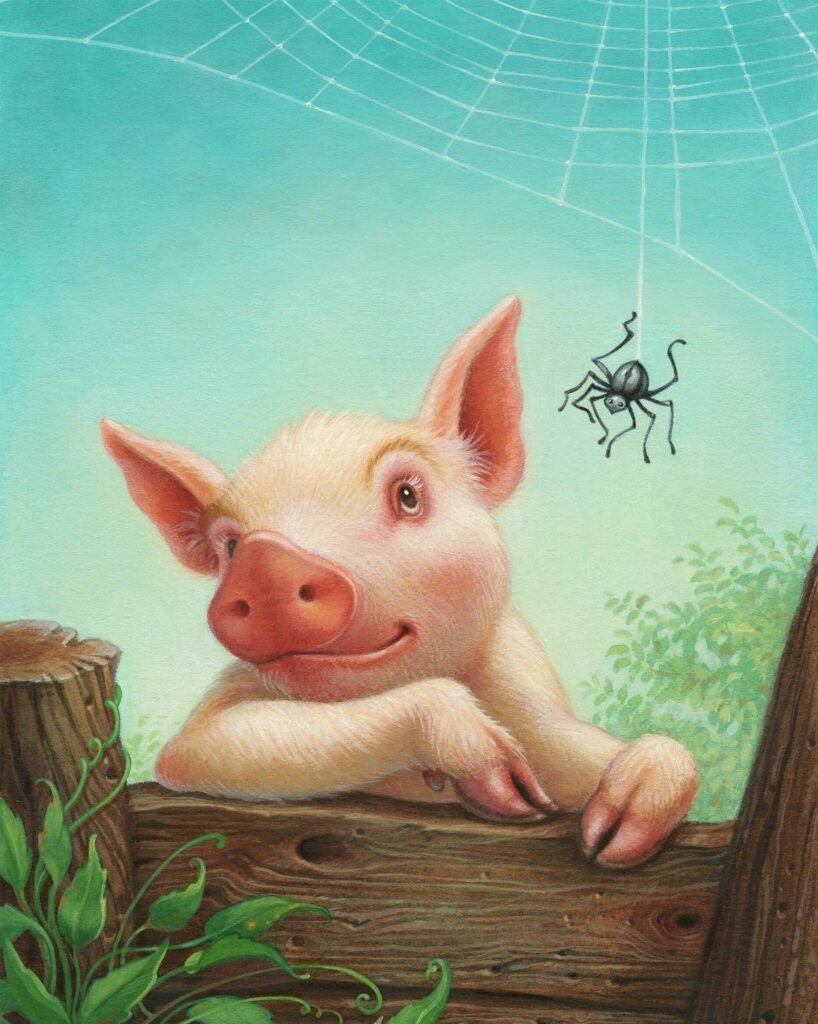
A human character: Sulwe

A magical creature: The Lorax (Dr. Seuss)
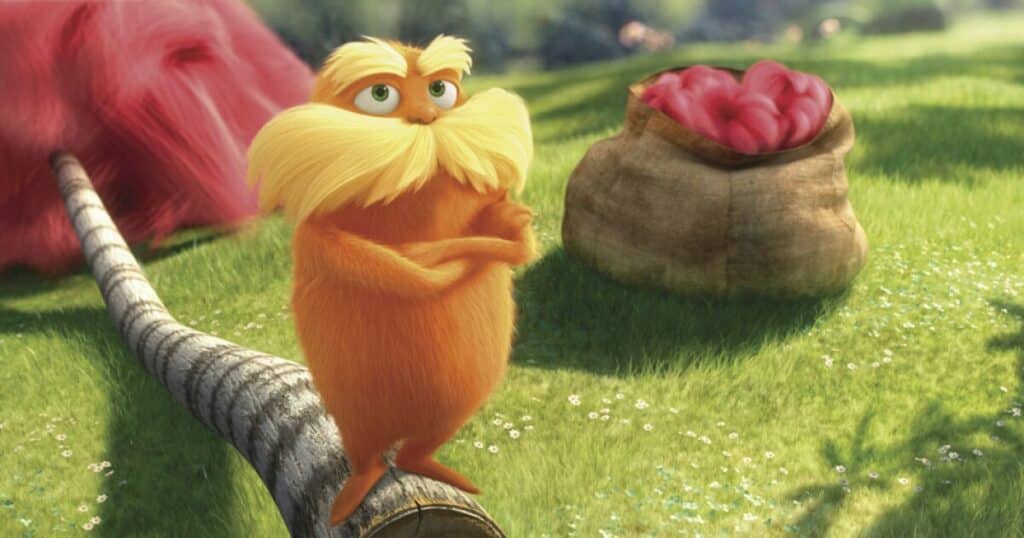
A talking object: Corduroy by Don Freeman

A mythical creature: Dragons loves Tacos by Adam Rubin
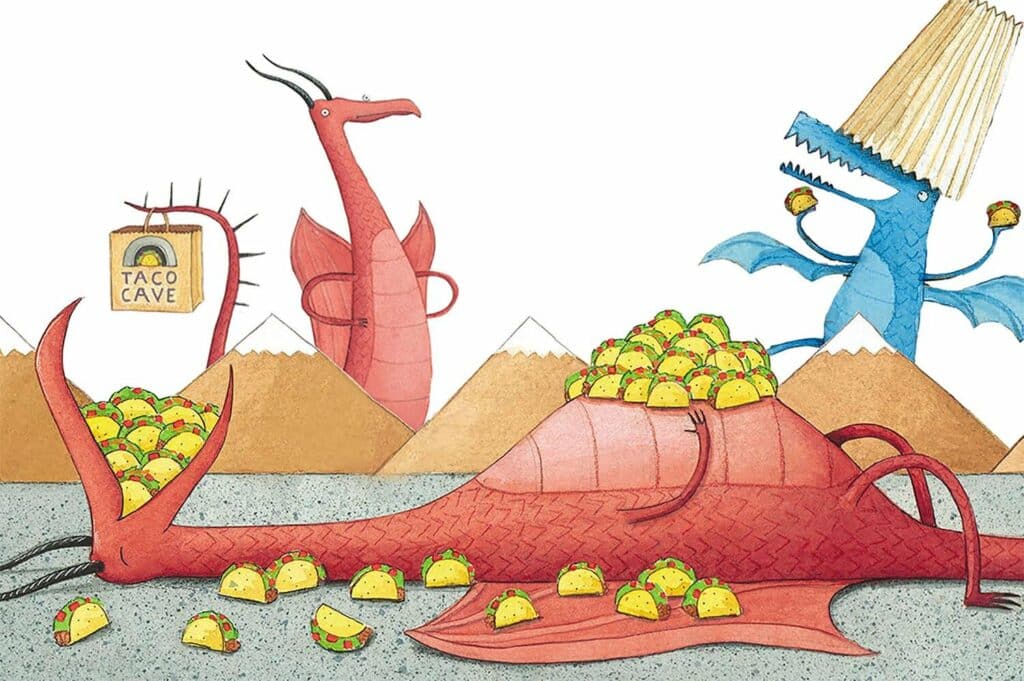
It can be an interesting and fun exercise to play around with the different types of children’s book characters. Imagine or rewrite your story with an animal or magical creature instead of a human and see what happens!
No matter what types of children’s book characters you choose for your book, it’s important to make them interesting and relatable. By carefully selecting the right characters for your story, you can create a captivating story that children will love.
Character Development
Creating characters for children’s books is an essential part of storytelling. Introducing characters to young readers can help them connect with the story and develop their understanding of the storytelling process. When creating characters, consider how they can help teach children important lessons or mirror their own experiences to engage them. Character development should be an integral part of the story–the characters should grow and evolve as the narrative progresses.
In addition to teaching lessons, characters can be used to represent different points of view, to challenge stereotypes, and to explore alternative perspectives. This will help to create memorable characters that have distinct personalities and motivations that drive the story forward. By creating characters that children can recognise and connect with, authors can help to ensure that their stories are engaging and memorable.
To help you develop relatable characters, here is a downloadable character interview for you, created by children’s book author and editor, Marcy Pusey. Asking your characters the questions from the interview will help you develop first-rate characters.
Examples of inspirational children’s book characters
When it comes to learning about the types of children’s book characters you can include in your book, some classics have stood the test of time.
Here is a very brief storybook characters list:
- Alice from Lewis Carroll’s Alice in Wonderland is one of the most beloved characters ever created.
- Peter Rabbit, from The Tale of Peter Rabbit, is a timeless and mischievous character that captures the hearts of children.
- The Cat in the Hat, from the Dr. Seuss book of the same name, is an entertaining character that gets kids giggling as he gets the kids in the story into trouble.
- Paddington Bear, from the Paddington Bear books, is a beloved character from the United Kingdom.
- Another bear: Winnie-the-Pooh has been immortalized in books, films and TV shows, along with Christopher Robin.
- The BFG, from Roald Dahl’s The BFG, is another popular character that has captured the hearts of many.
- Roald Dahl’s Charlie Bucket and his adventures in Charlie and the Chocolate Factory is another winner.
- Harry Potter, from the Harry Potter series, is an iconic character that has become a part of popular culture.
- Matilda, from the Matilda books, is an inspiring and intelligent character.
- The Gruffalo, from the book of the same name, is a fun and exciting character that children love.
- Even a simple character like the caterpillar from Eric Carle’s The Very Hungry Caterpillar captures children’s imaginations through his challenges and colourful illustrations.


All these inspirational children’s book characters have played a part in making their books unforgettable creations and have captured the hearts of children. You can make your own storybook characters list as you discover more characters that you can use for inspiration.
Why are Relatable Characters Important In a Children’s Book?
Having relatable characters is essential to make your children’s book enjoyable for young readers. Relatable characters can help to create a deeper connection between the reader and the story, so the reader is experiencing the story with the character. By being able to identify with the characters, children can relate the story to their own lives and experiences. This helps to develop their empathy and understanding of the emotions of others.
For children’s books, the protagonist must be:
- relatable
- childlike
- likeable
- memorable
- convincing
- flawed
- overcome their own problems
To be relatable your character shouldn’t be perfect. As any person has flaws, so should your character have flaws. This not only makes the character more relatable and convincing, but will add some depth to the character and story.
Having relatable characters in children’s books can also help children to learn important life lessons. By being able to imagine themselves in the characters’ shoes, children can learn how to problem-solve in difficult situations and develop their moral reasoning. They can also learn important lessons such as the importance of friendship, courage and kindness.
Think of Charlie in Charlie and the Chocolate Factory. The other characters are great foils, highlighting Charlie’s likeability and making the reader relate to him more. Peter Rabbit is not only cute but makes mistakes and gets into some mischief on his adventures. This makes him fun to read about and more relatable.
Part of creating a relatable character is the character’s age. Children prefer reading about other children, or child-like characters, that are slightly older than they are. Learn more about children’s book age groups here.
Making your character memorable is one of the best ways to make your book memorable. You can achieve this by giving the character a distinct personality and possibly a quirk or a special personality trait. It can be something as extreme as a superpower, but not necessarily. It can be a normal child, but they must be unique and distinct enough that they become memorable. That way, the reader will identify with them and feel they’re a real, special character. This can be achieved through their personality or a trait, like how brave, passionate or imaginative they are.
When the reader closes the book, the character should remain in their mind as a distinct character. If you think of the children’s books you love, many of them are about normal characters. What makes them successful is that the character is developed enough to become real and three-dimensional.

August Pullman from Wonder by R.J. Palacio, is an ordinary boy with an extraordinary face. This makes him more memorable.
Can a Children’s Book Have More Than One Main Character?
While most children’s books feature a single main character, there is no reason why a book cannot have multiple main characters. For a picture book, you should usually only have one or two main characters, though. More than two main characters can become too complicated and it’s hard to capture three or more main characters in such a low word count. If you have more than one main character, make sure that the characters are distinct. If they’re too similar, it won’t be as impactful as you want it to be.
Having more than one main character can open up a whole new range of possibilities for the story. It adds a new dynamic to the story and allows readers to gain different perspectives. With multiple main characters, it is also possible to explore a greater range of backgrounds and personalities, which is beneficial for inclusivity and diversity. Furthermore, having multiple main characters can provide more opportunities for problem-solving. These characters can work together, creating a team-based approach that can be particularly attractive to young readers.

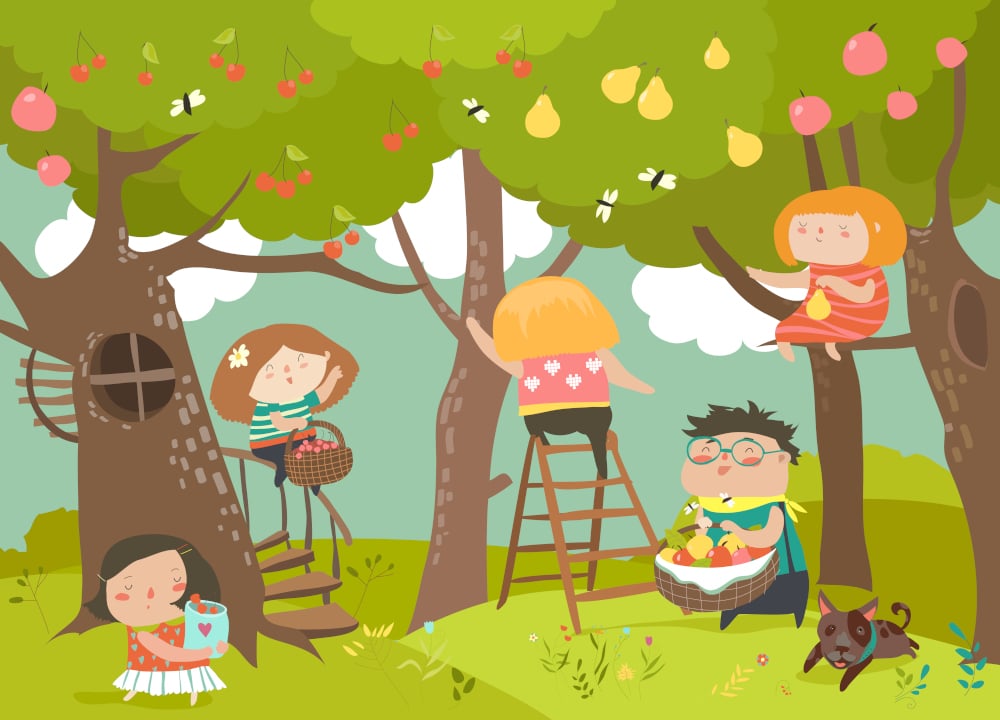

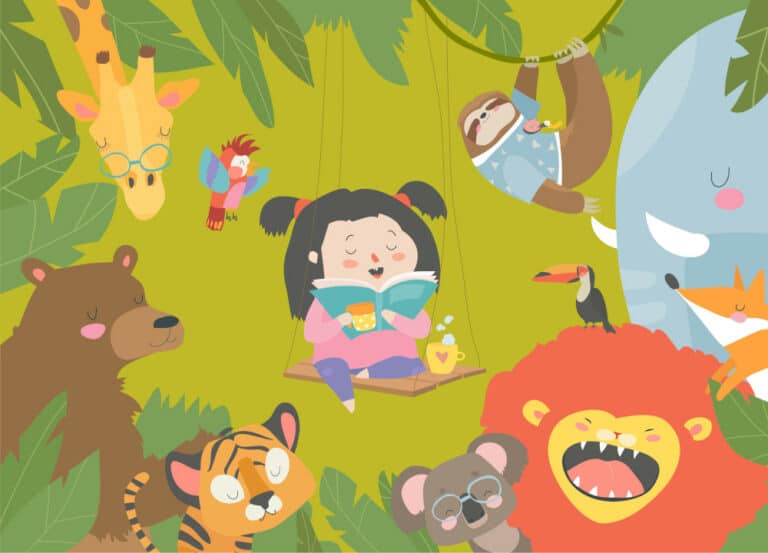


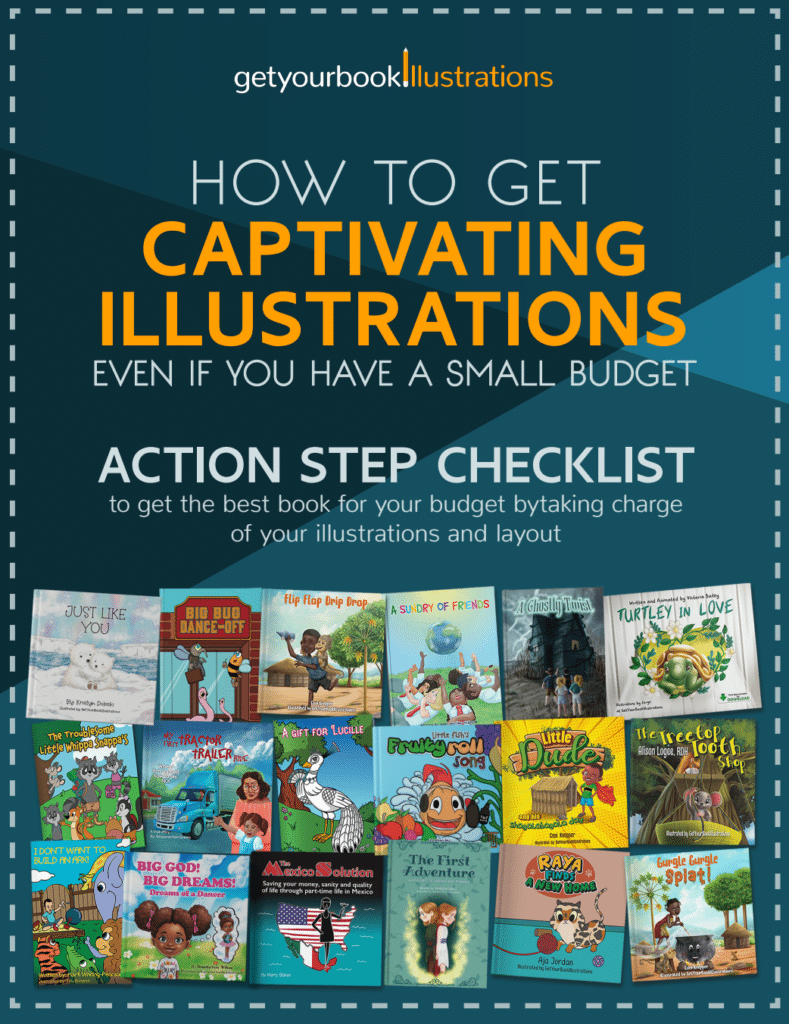
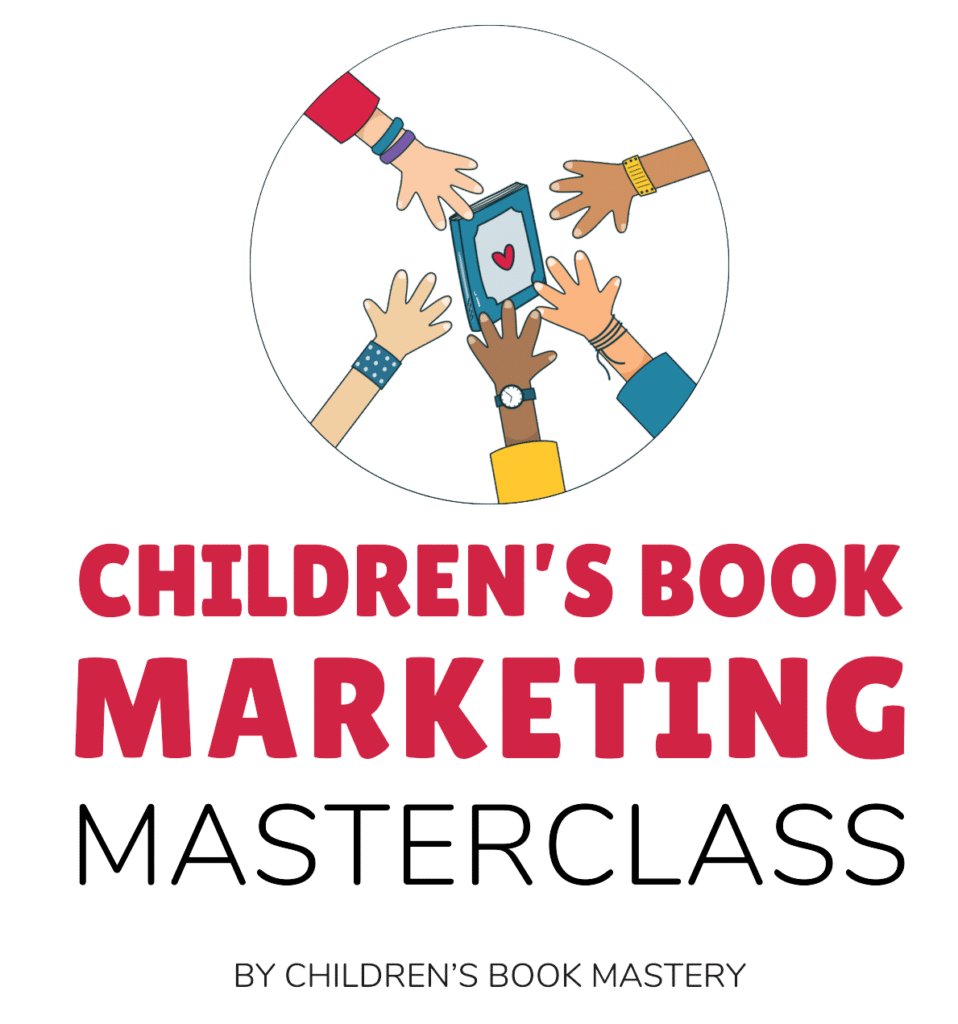
Thanks for the sensible critique. Me and my neighbor were just preparing to do some research on this. We got to grab a book from our area library but I think I learned more from this post. I’m very glad to see such fantastic information being shared freely out there.